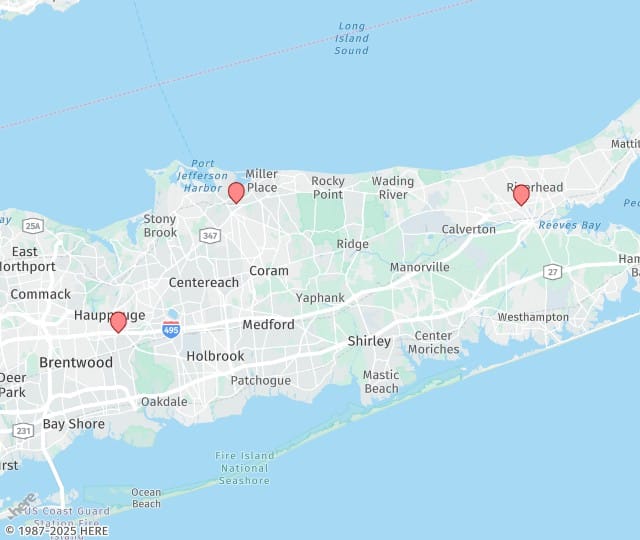What An Arterial Doppler Test Reveals About Your Circulation
If you have concerns about circulation or symptoms such as leg pain or numbness, an Arterial Doppler test offers a noninvasive way to assess your vascular health. At Suffolk Vascular & Vein Center, you receive expert diagnostic care from experienced vascular specialists who use advanced imaging technology to help identify potential issues early. […]
What An Arterial Doppler Test Reveals About Your Circulation Read Post »
